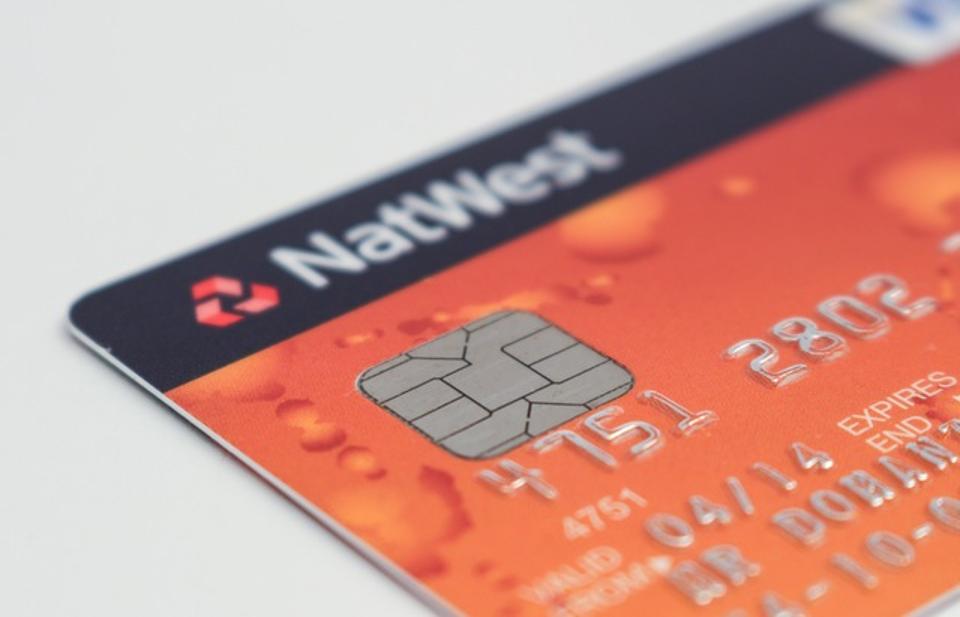PayPal emerged in 1998, and largely changed the way financial transactions happened. While it isn’t the major player today that it hoped to be, its influence is evident. Mobile wallets are everywhere. Cash transactions continue to decline. Digital commerce is expected to amount to more than a quarter of all retail commerce by 2025.
Apart from its impact on the world’s economy and business, digital commerce has enormously influenced consumer habits. Past studies by various economists on the shifts and trends in the consumer spending behavior point to not only the commercial, but also the psychological reasonings for such changes in consumerism. According to economists, digital modes of payment increase the probability of consumer spending as well as the quantum of spending per transaction.
Related: When Will Smartphones Replace Credit Cards?
The How
Digital payments have multiple points of influence on consumer habits. Consider some parameters – the pain of payment, temporal separation of payment transaction from benefit consumption, and a high self-control personality.
Cash, for example, stimulates a pain of payment – we experience the pain of parting with money vividly which in turn sabotages the pleasure from consumption of goods and services purchased. The tangibility of cash is a pain, as it gives a sense of outflow of money. But credit cards give an illusion of liquidity to the customers. Also, the low transparency feature of credit cards disconnects us from reality – a ‘schizophrenic effect’ helping boost impulsive purchase decisions by consumers. If you’re not actively indulging in having to part with cash on a transaction, it hurts less. Reward points and cashback offers that are up for grabs on digital payments are also an important factor for the shift from offline to online transactions.
According to research by Dun & Bradstreet, it was found that credit cards cause a 12%-18% increase in spending as compared to cash. The temporal separation of payment diminishes the pain of payment in digital modes of payment. We’re talking here about the interval between the time of payment and the time of consumption. The payment is usually made after the benefit from consumption has been received. For example, paying for a hotel for your dinner. Credit cards allow you to pay your dues at the end of the month. So from a psychological point of view, you’re not feeling any poorer after the transaction, until the end of the month arrives. Sometimes the transaction is made much before the actual benefit of the product is delivered which reduces the memory of the vividness of the payment.
Related: The Latest Fintech Disruptor – Simpl
According to Baumeister’s self-control model, a person with a high level of self-control is more likely to spend a higher amount. This happens when an initial failure in self-control foster a multitude of other emotions and cognitions that influence post-failure behavior. This behavior focuses on overcoming the ‘pain of failure’, and thus the individual spends on non-essential products to feel good.
Such psychological factors play a major role in influencing consumer behavior. These psychological aspects also prove that these digital wallets work in favor of the banks. The ‘credit card effect’ introduced by Feinberg suggests that ‘credit card stimuli’ nurture behaviors that heighten spending impulses, money spent, increase inclination towards spending and diminish the time taken to decide on spending. As credit card usage increases, the the individual goes deeper into debt and eventually benefits the banks.
Digital Influence
Digital wallets and mobile wallets influence a large part of the global economy in some or the other form, often dominating local economies in numerous countries. The Octopus card system of Hong Kong and Oyster card system of London are some obvious examples of the increasing domination of digital payments methods. The novelty effect has an important role to play in the changing trends of consumerism. The interest these new technologies generate from their audience makes them aspirational and attractive. For example, Master Card has launched services like ‘identity Check Mobile‘ letting consumers use selfies and fingerprint to confirm their identity. The emergence of Samsung Pay, Apple Pay and Venmo is another example of this novelty effect – the identity element involved in the transaction process making the consumers feel good about themselves because instead of presenting a payment, they are presenting their identity, remarks Tom Noyes, a former Citibank and Wells Fargo executive.
Future Trends
Contactless transactions are seeing increase in adoption at rates of 200% to 300% a year in some markets. NFC transactions, QR codes, bar codes and EVM credit cards are other contactless technologies seeing an increase in usage. Thanks to the the democratizing effect of the internet, the line between consumers and merchants is blurring, giving rise to peer-to-peer transactions. It is digital payments after all, that have powered P2P lending corporations such as Lending Club in the US or Faircent.com in India.
This compulsive consumption behavior resulting from easier and fasters modes of shopping, is a critical subject. Eventually, we’re going to have to divert some of our concern to safety as well. In the context of cybercrime, it will no longer be the most convenient payment method that consumers may flock to, but the payment mode that is best placed to protect them. Mobile wallet payments are expected to hit $142 billion in transactions in the US by 2019. An equally rapid, if not faster growth, will be witnessed in large developing economies such as India & China.
The future of such fast growing in changes is going to present both challenges and opportunities – these will shape the characteristics and behavior of consumerism all over the planet. It’s going to be an interesting story to follow.
